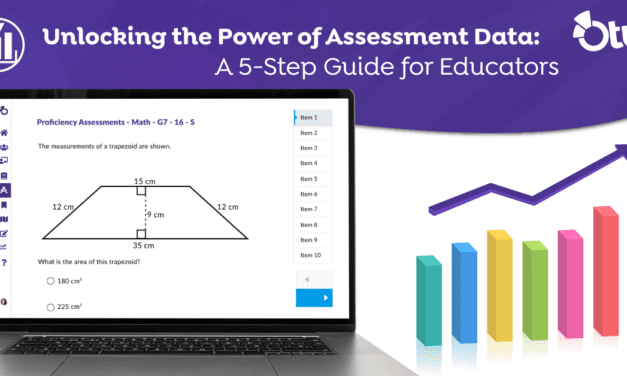What is an Authentic Audience?
First, let’s unpack a common scenario in today’s classrooms. “Charlie” is a 6th-grade student and it’s his turn to give a presentation on photosynthesis in front of the entire class. Needless to say, Charlie is a nervous wreck! He walks to the front of the room, connects his laptop, opens his slide deck, and delivers the presentation. With a great sense of relief, he anxiously walks back to his seat and asks the girl sitting next to him, “How’d I do?”
Even if Charlie completely bombs the presentation, she is likely to say something like, “Nice job, dude!”
Why?
Odds are that the student is friends with Charlie. After all, kids usually attend the same school since the early grades of elementary school. Charlie probably plays on the same sports team as some of his classmates. Or, they may ride bikes together and play video games with one another after school. With that being said, who would tell their friend the presentation stunk?
In my experience, an authentic audience willingly provides feedback without hesitation because there is no fear of “making your friend feel bad”. I don’t mean to suggest there isn’t value in peer feedback. When used in the right context it can be just as valuable to the learning experience, but it does differ from an authentic audience in a few ways.
Five Reasons to Share Student Work with the World
- Students have much greater clarity about the goal of their work because there is a specific audience and purpose.
- The person receiving feedback is not judged based on appearance, reputation or the number of friends they have. When the reviewer can only comment on the quality of the content, it changes the dynamic of the interaction.
- A student creating the content knows someone other than their teacher is going to view it. As Ruston Hurley says, “when students publish their work online, they want it to be really good. When they turn it in so only the teacher sees it, they usually just want it to be good enough.”
- It makes the learning experience relevant and students connect the dots between their work and the real world. It also ensures the feedback the students are receiving is credible and actionable.
- Students work harder with a much greater focus on what they’re trying to accomplish rather than worrying about a grade.
How to Provide an Authentic Audience
My favorite example of providing an authentic audience is student blogging. There’s an amazing website that helps teachers get feedback from students in classes around the world. Quadblogging.net was born in 2011 and since its conception, over 750,000 students from over 75 countries have taken part. The concept is simple, once signed up, teachers are allocated a Quad containing 4 classes, including theirs. Every Quad has a coordinator who is responsible for contacting and connecting the other 3 teachers. Each week one class blog becomes the focus with the other three blogs visiting and commenting during that week. In week two, another school/class blog is the focus with the other three visiting and commenting. This was repeated until each of the classes/schools has had their week in the spotlight. The cycle is then repeated thus guaranteeing an authentic audience for students.
Here’s an example of what Quadblogging looks like in the classroom.
Looking for more ideas to publish student work online? I’ve compiled a list here.





